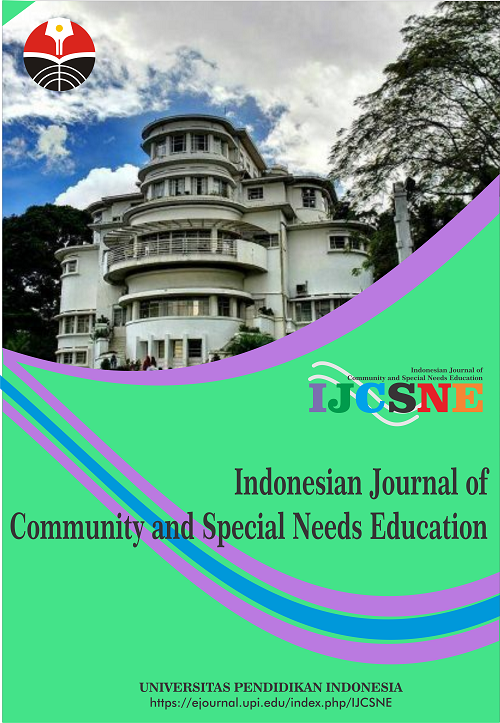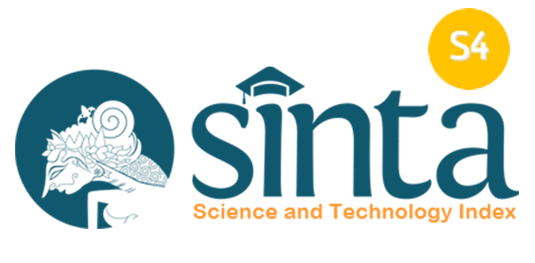Availability and Use of Assistive Technology for Learning Amongst Special Students in Kwara State School for Special Needs
Abstract
Keywords
Full Text:
PDFReferences
Ahmad, F. K. (2015). Challenging exclusion: Issues and concerns in inclusive education in India. Researchpaedia, 2(1), 15-32.
Ahmed, A. (2018). Perceptions of using assistive technology for students with disabilities in the classroom. International Journal of Special Education, 33(1), 129-139.
Bingimlas, K. A. (2017). Barriers to the Successful Integration of ICT in Teaching and Learning Environments: A Review of the Literature. Eurasia Journal of Mathematics, Science and Technology Education, 5(3), 235-245.
Bryant, B. R., and Seay, P. C. (1998). The technology-related assistance to individuals with disabilities act: Relevance to individuals with learning disabilities and their advocates. Journal of Learning Disabilities, 31(1), 4-15.
Ewa, J. A. (2013). Understanding the myth of inclusion: Teachers' preparation. Journal of Exceptional People, 2(3), 95-100.
Fredric, I. L. (2021). The Evolving Technology-Augmented Courtroom Before, During, and After the Pandemic. Vanderbilt Journal of Entertainment and Technology Law, 23 (2), 301-339.
Gal, E., Schreur, N., and Engel-Yeger, B. (2010). Inclusion of Children with Disabilities: Teachers' Attitudes and Requirements for Environmental Accommodations. International journal of special education, 25(2), 89-99.
Gitlow, L., Dininno, D., Choate, L., Luce, R. A., and Flecky, K. (2011). The provision of assistive technology by occupational therapists who practice in mental health. Occupational Therapy in Mental Health, 27(2), 178-190.
Patricia, T., Rachel, M., David, A. B., and Brittany, L. H. (2020). Educating Students with Disabilities During the COVID-19 Pandemic: Commerce Independent School District. Rural Special Education Quarterly, 39(4), 201-210.
Ramchand, B. and Dummugudem. (2014). Inclusion Education as Solution to Barriers of CWSN and Answer for their Success. International Journal of Humanities and Social Science Invention, 3(8), 97-107.
Wehmeyer, M. L., Palmer, S. B., Smith, S. J., Davies, D. K., and Stock, S. (2008). The efficacy of technology use by people with intellectual disability: A single-subject design meta-analysis. Journal of Special Education Technology, 23(3), 21-30.
Yusuf, M. O., Fakomogbon, M. A., & Issa, A. I. (2012). Availability of Assistive Technologies in Nigerian Educational Institutions. International Journal of Social Sciences and Education, 2, 44-51.
DOI: https://doi.org/10.17509/ijcsne.v2i2.42776
Refbacks
- There are currently no refbacks.
Copyright (c) 2022 Universitas Pendidikan Indonesia

This work is licensed under a Creative Commons Attribution-ShareAlike 4.0 International License.















